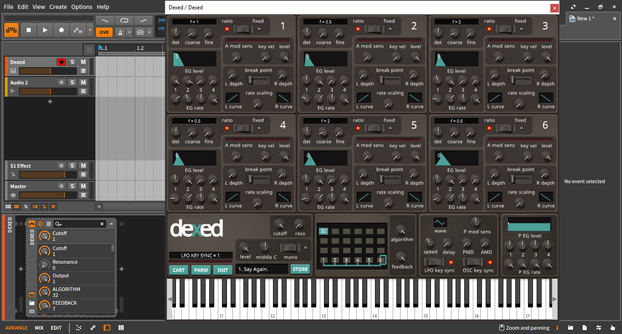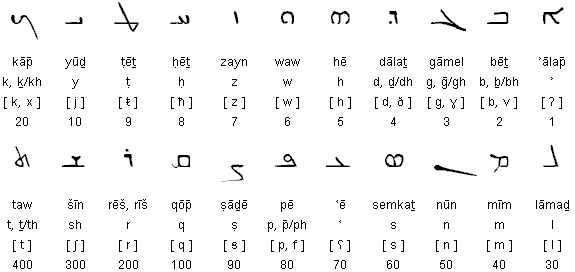
Noto Sans Adlam (joined style), Noto Sans Adlam (unjoined style) (note that, as of 2023, Noto fonts do not render the diacritic ⟨𞥋⟩ correctly.).Kurinto Font Folio (11 typefaces that have "Main" variant fonts).Ebrima (Microsoft Windows font, available in Update 1903 and later).Renders Devanagari (used for Hindi), Bengali, Sinhala, Gurmukhi, and Tibetan scripts in the examples below, but not some of languages of Southeast Asian countries.Īdlam is a right-to-left alphabetic script devised by the brothers Ibrahima and Abdoulaye Barry, in order to represent the Fula language (Fulani). Chrome Does not directly support several languages of South and Southeast Asian countries, but otherwise renders some tofu signs, due to its problem of font fallback mechanism, you may need the Advanced Font Settings extension to optimize. Opera uses the operating system to perform contextual glyph selection, ligature forming, character stacking, combining character support and other character shaping tasks. Opera tries to render any character using all the fonts available on the system so multilingual support is also good. Some Linux distributions ship with a Pango-based rendering engine which also does, although this may currently cause some display glitches with justified text. The default rendering engine can support complex script rendering. Firefox tries to render any character using all the fonts available on the system so multilingual support is generally good. As Internet Explorer will only use the default font for other scripts, those are usually not supported (unless the default font does). Support for East Asian and some Indic scripts is available if support for this has been installed for Windows. TrueType, but requires Windows to installīrowsers Internet Explorer supports Latin (however not all extended sets), Greek, Cyrillic, Arabic and Hebrew. Kurinto Font Folio (Project to support all human languages) Hanazono (80,000+ Chinese characters supported)



Google Noto (Project to support all Unicode scripts) No license, but may be used for any purpose Has better support for historical and accented Latin characters.Ĭode2002 Archived December 15, 2010, at the Wayback MachineĬode2001 0.919 Archived September 27, 2007, at the Wayback MachineĬode2000 1.171 Archived September 27, 2007, at the Wayback Machineįonts for Ancient Scripts (Greek, Egyptian, cuneiform.) Western, Hebrew, Arabic, Greek, Turkish, Celtic, Baltic, Central European, Cyrillic, Thai, Vietnamese


 0 kommentar(er)
0 kommentar(er)
